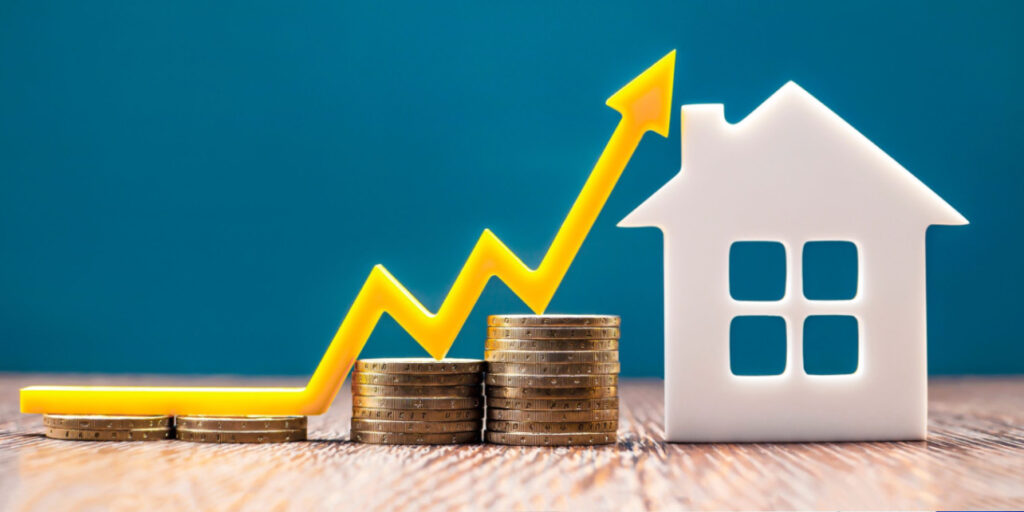House prices in the UK surged at their fastest annual rate in two years last month, according to Nationwide’s latest survey.
The building society revealed that the average price of a typical home rose by 3.7% in November compared to the same month last year, bringing property values close to an all-time high.
Nationwide described the acceleration in house price growth as “surprising,” given that affordability remains challenging by historical standards.
However, the housing market has shown “relative resilience” in recent months, with mortgage approvals nearing pre-pandemic levels.
House prices climbed by 1.2% between October and November, marking the biggest month-on-month rise since March 2022.
The average UK property now costs £268,144, inching closer to the record £273,751 recorded in August 2022.
Bank of England data released last week indicated that mortgage approvals in November were at their highest level since August 2022, reflecting renewed activity in the market.
Robert Gardner, Nationwide’s chief economist, attributed the market’s resilience to low unemployment and wage growth outpacing inflation, which has provided a buffer for buyers.
In her October Budget, Chancellor Rachel Reeves announced that reduced stamp duty rates in England and Northern Ireland would end in April 2025.
Despite this, Gardner suggested the stamp duty changes were unlikely to have influenced November’s house price growth, as most mortgage applications would have been initiated before the Budget announcement.
Currently, buyers begin paying stamp duty on properties over £250,000, but this threshold will revert to £125,000 in April. First-time buyers, who currently enjoy stamp duty exemptions on homes up to £425,000, will see the limit reduced to £300,000.
Nationwide expects a surge in house sales in early 2025 as buyers rush to complete transactions before the stamp duty deadline, followed by a slowdown in activity in the subsequent months.
Looking ahead, Gardner remains optimistic about the market’s prospects, predicting gradual strengthening as consumers benefit from declining interest rates and higher disposable income.
“Lower borrowing costs and rising wages will continue to underpin demand,” he said.


